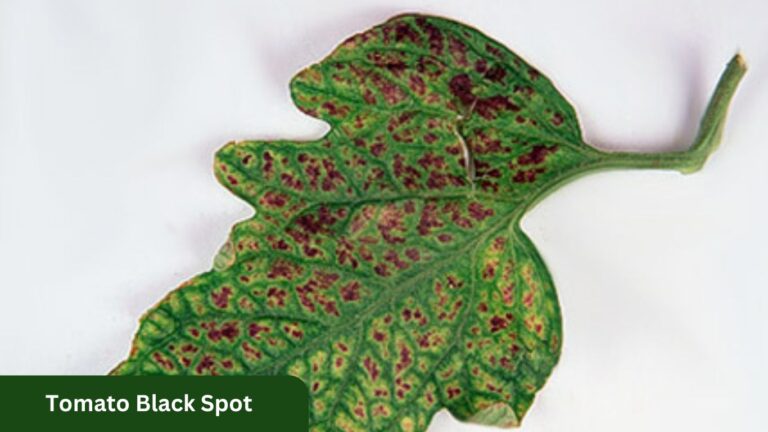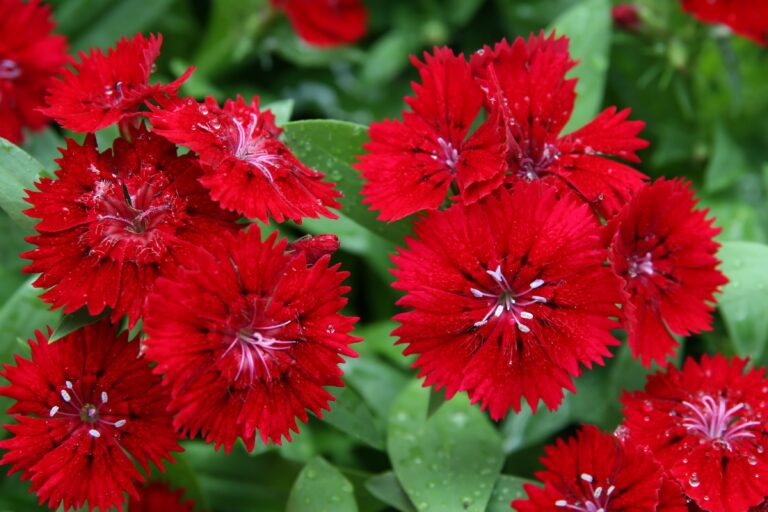Sweat Bees: Beneficial or Harmful in the Garden?
Table of Contents
Sweat Bees and Social Structure: Insights into their Colony Life
The social structure of sweat bees is a fascinating aspect of their colony life. These tiny creatures demonstrate a complex system of organization and cooperation, which allows them to thrive in various environments. Unlike honey bees, which have a highly specialized division of labor, sweat bees exhibit a more flexible approach, where individuals can switch roles depending on the needs of the colony. This adaptability is crucial for their survival, as it enables them to efficiently allocate resources and respond to changing conditions.
Within a sweat bee colony, there are three distinct castes: the queen, workers, and males. The queen, as the name suggests, is responsible for reproduction and is the only individual capable of laying eggs. The workers, on the other hand, take care of all other tasks necessary for the colony’s functioning, such as foraging for food, building and maintaining the nest, and caring for the brood. Lastly, the males are essential for mating purposes and do not contribute to the day-to-day operations of the colony.
The cooperation and division of labor among sweat bees are crucial for their overall success. By working together and fulfilling different roles, these small insects can effectively carry out the necessary tasks to maintain a healthy and thriving colony. Understanding their social structure provides valuable insights into their behavior and can help us appreciate the incredible level of organization that exists even in the world of miniature creatures.

Sweat Bees
Sweat bees, also known as halictid bees, are a fascinating group of insects that can be found in various parts of the world. With their vibrant colors and small size, these bees are often overlooked in gardens and natural areas. However, their presence is crucial for pollination and the overall health of ecosystems.
One interesting aspect of sweat bees is their social structure. Unlike other well-known social bees, such as honeybees or bumblebees, sweat bees have a relatively simple social organization. Most sweat bee species are solitary, meaning that each female bee builds her own nest and raises her own offspring. However, there are some species of sweat bees that display a more complex social structure, with multiple females sharing the responsibility of building nests and caring for the young.
Understanding the social structure of sweat bees can provide valuable insights into their colony life and behavior. Researchers have observed that in species with communal nesting, females will cooperate to defend the nest and help raise each other’s offspring. This cooperative behavior is thought to enhance the overall fitness of the colony, as it allows for more efficient resource allocation and improves the chances of survival for the young bees.
Furthermore, sweat bees play an important role in pollination. Many plant species rely on sweat bees for pollination, as these bees are efficient and effective pollinators. They visit a wide range of flowers, collecting pollen and nectar as they go. This foraging behavior not only benefits the bees by providing them with food, but it also helps to transfer pollen from one flower to another, enabling plants to reproduce and produce fruits and seeds.
In conclusion, sweat bees may be small and often unnoticed, but their significance in the natural world should not be underestimated. Their social structure and role as pollinators make them crucial for the health and sustainability of ecosystems. By learning more about sweat bees, we can better appreciate their contributions and take steps to protect and conserve these important pollinators.
Certainly! Here’s a table highlighting information about sweat bees:
| Name | Description |
|---|---|
| Family | Halictidae |
| Species Count | Nearly 4,500 species worldwide |
| Common Name | Sweat bees (especially the smaller species) |
| Appearance | Diverse group with variations in size, color, and patterns; often dark-colored (brown or black) and metallic; some species are green, red, purple, or blue |
| Habitat | Found on every continent except Antarctica; nest in the ground (clay soil, river banks) or wood |
| Feeding Behavior | Pollen feeders; important pollinators |
| Social Behavior | Eusocial in some species (queen and worker castes); various nesting behaviors (solitary, communal, semi-social, primitively eusocial) |
| Unique Feature | Arcuate basal vein on wing distinguishes them; females tend to be larger than males |
Remember, these fascinating bees play an essential role in pollination and are often attracted to human perspiration!
for move information watch the below video.
What is the social structure of sweat bees?
Sweat bees have a hierarchical social structure consisting of a queen, workers, and males.
How do sweat bees establish their colonies?
Sweat bees typically establish their colonies in burrows in the ground or in pre-existing cavities such as hollow stems.
Do sweat bees exhibit any specialized behaviors within their colonies?
Yes, sweat bees exhibit cooperative brood care, where workers assist the queen in raising the offspring.
How do sweat bees communicate within their colonies?
Sweat bees communicate primarily through chemical signals known as pheromones. These pheromones help coordinate various colony activities.
Are sweat bees aggressive towards humans?
Sweat bees are generally not aggressive towards humans unless provoked. They are more focused on collecting nectar and pollen for their colony.
What do sweat bees feed on?
Sweat bees primarily feed on nectar and pollen from various flowering plants. Some species may also consume sweat or tears for additional nutrients.
Are sweat bees important for pollination?
Yes, sweat bees are important pollinators. They visit a wide range of flowers, transferring pollen and contributing to the reproduction of many plant species.
Can sweat bees sting?
Yes, sweat bees are capable of stinging. However, they are generally not aggressive and will only sting if they feel threatened or their nest is disturbed.
How can I attract sweat bees to my garden?
To attract sweat bees, you can provide a variety of flowering plants that offer nectar and pollen as food sources. Creating a diverse and pesticide-free habitat can also be enticing for them.
Are sweat bees beneficial for the environment?
Yes, sweat bees play a crucial role in pollination, helping to maintain the biodiversity and reproductive success of many plant species. They are an important component of ecosystems.

Nicole Burke is a dynamic writer at SouthElMonteHydroponics, fueled by her passion for horticulture and environmental sustainability. Armed with a degree in Environmental Science from a renowned institution, Nicole’s expertise lies in hydroponic gardening, organic farming, and biodiversity conservation. Her insatiable curiosity and love for nature drive her to explore innovative techniques in hydroponics, seeking to revolutionize the way we grow crops in urban environments. Nicole’s writing reflects her deep commitment to promoting eco-conscious practices and fostering a deeper connection between humans and the natural world. Through her engaging storytelling, she inspires others to embrace sustainable living and harness the power of hydroponics for a greener future.







